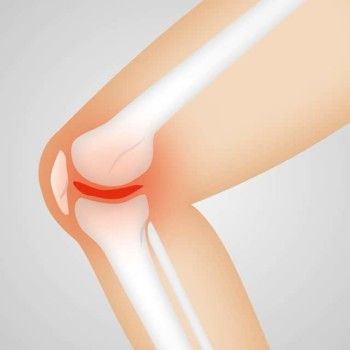Glucosamine Experience
If you are taking the 55. By the time you reach the age of 18, you are likely to experience some symptoms of arthritis. Osteoarthritis, the most common joint disease, causes a breakdown of the cartilage lining of the major joints as a result of wear and tear on the joints.
When cartilage wears down, it causes pain and stiffness in the joint. Glucosamine is a naturally occurring component of cartilage and synovial fluid and, when taken as a dietary supplement, may offer some benefit in treating symptoms.
Be sure to talk to your doctor before you start taking glucosamine. Glucosamine experiences tend to vary.
The glucosamine sulfate
Glucosamine occurs naturally in your body in the cartilage matrix and synovial fluid as glucosamine sulfate. Glucosamine sulfate is believed to play a key role in synthesizing glycosaminoglycans and strengthening articular cartilage. Glucosamine exists in a number of forms, including glucosamine hydrochloride, N-acetylglucosamine and glucosamine sulfate.
Some doctors believe that only glucosamine sulfate supplements have a high probability of helping to treat osteoarthritis.
Glucosamine and chondroitin
Glucosamine sulfate is found in many supplements in combination with chondroitin sulfate, a glycosaminoglycan that also occurs naturally in the body. Chondroitin is responsible for keeping articular cartilage lubricated by absorbing water and creating the building blocks for new cartilage.
In supplement form along with glucosamine sulfate, chondroitin appears to help relieve symptoms of osteoarthritis. In a study published in a U.S. medical journal, researchers found glucosamine chondrotin sulfate supplements to be somewhat effective in relieving pain while delaying the progression of moderate to severe osteoarthritis of the knee.
Glucosamine sulfate with methylsulfonylmethane, or MSM, is another type of glucosamine supplement available to treat osteoarthritis. Methylsulfonylmethane is a naturally occurring sulfur compound typically found in many grains, fruits and vegetables.
It is needed by the body for the synthesis of cartilage and other connective tissue. The pharmacological journal „Clinical Drug Investigation“ reports on a study that found MSM, along with glucosamine, effectively relieves inflammation and pain associated with osteoarthritis of the knee.
Other possible pros and cons of glucosamine
Glucosamine may provide some other benefits in addition to relieving some of the symptoms of osteoarthritis. Oral supplements and enemas containing N-acetylglucosamine may be effective in relieving the symptoms and frequency of bloody diarrhea associated with the inflammatory bowel diseases ulcerative colitis and Crohn’s disease.
Glucosamine is also being studied for its potential benefits in diabetes, chronic venous insufficiency, TMJ pain, rheumatoid arthritis and leg pain due to lumbar disc degeneration. It can also be beneficial after a knee injury or surgery.
Glucosamine also has its disadvantages. It is believed to contribute to diabetes by increasing blood sugar levels and therefore cannot be used if an individual is already suffering from the same. People who are allergic to shellfish should stay away from these supplements or try to take them only after consulting a doctor.
Despite lack of evidence indicating fetal harm or long-term damage to babies; pregnant women and nursing mothers should avoid glucosamine supplements as a precautionary measure. Any dietary supplement taken in excess has its disadvantage and in the case of glucosamine leads to stomach problems, drowsiness, headaches, loss of appetite, constipation, diarrhea and nausea, as glucosamine experiences show.
